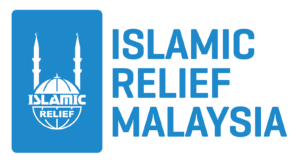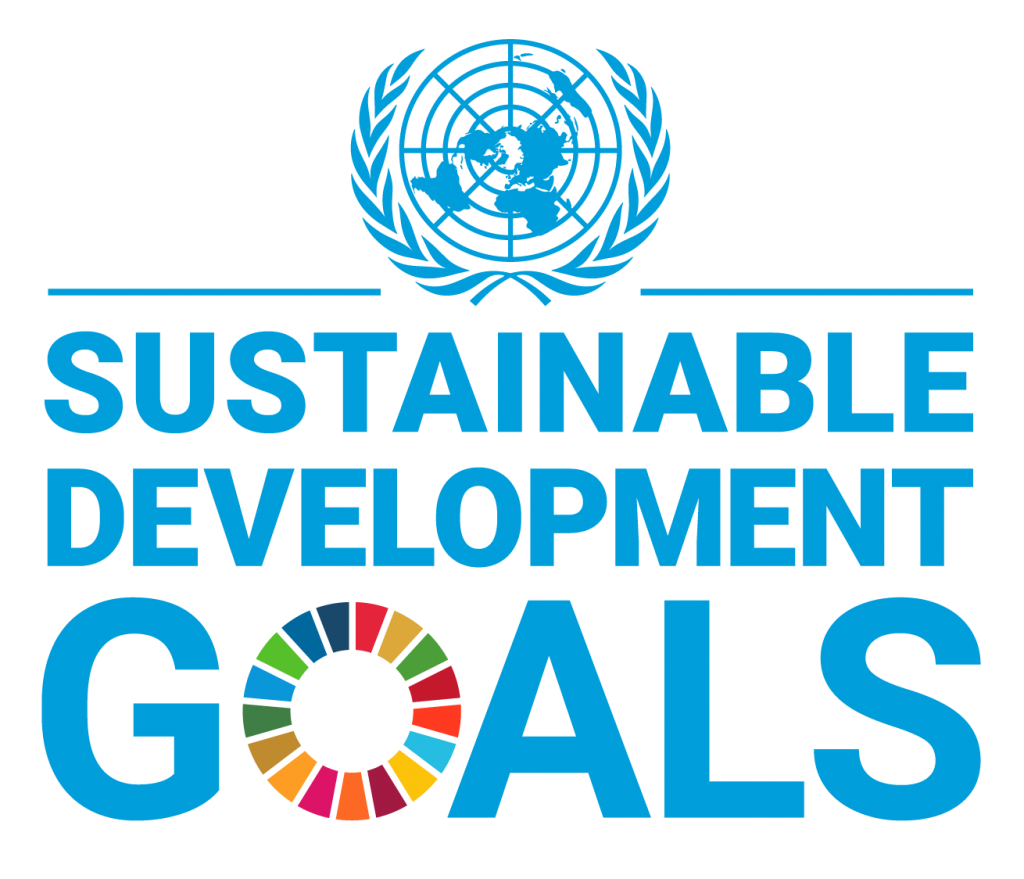Malaysia is facing a risk of natural disasters. The incredible flood disaster at the end of 2014 convinces us that no area is free from the risk of natural disasters. The most widespread natural disasters caused by climate are flood disasters. The climate is also among the factors that can trigger landslides, erosion of river banks, coastal erosion and tropical storms.
Disaster Risk Reduction (DRR)
Emergency & Disaster Risk Reduction Sector
INTRODUCTION
Malaysia is facing a risk of natural disasters. The incredible flood disaster at the end of 2014 convinces us that no area is free from the risk of natural disasters. The most widespread natural disasters caused by climate are flood disasters. The climate is also among the factors that can trigger landslides, erosion of river banks, coastal erosion and tropical storms. To find a comprehensive solution, policies and strategies need to be based on ‘avoiding or reducing‘ threats or catastrophic risks to their communities and property, not to ‘control’ the disaster. The ‘preparation’ aspect of the society faced with natural disasters is still very low. They still expect government agencies or NGOs to do everything; from moving to the temporary placement center, providing food supplies to rebuild their settlement.
Disaster Risk Reduction (DRR) is a concept and practice of reducing disaster risks through systematic efforts to analyse and reduce the causal factors of disasters. Examples of disaster risk reduction are reducing exposure to hazards, lessening vulnerability of people and property, wise management of land and the environment, improving preparedness and early warning for disaster.
OBJECTIVE
- Provides a solution in replacing existing systems that cannot be applied. It needs to be effective, practical, understandable and at a manageable cost.
- Equip the community with knowledge of disaster risk reduction (DRR).
- Equip the villagers with Disaster Preparedness to casualties and mortality.
- Basic Knowledge of first aid that can be optimized during disaster strike.
- Perform DRR Committee among local, so that they could be first responder on scene.
- Apply method of disasters warning system.
- Provides a comprehensive disaster management mechanism in terms of the needs of the affected population.
- Provide facilities at temporary shelter for disables and elders.
- Ensure the continuity of basic service needs to the community involved during the disaster.
- Records of disaster-related information storage for future reference.
BENEFICIARIES
Total 400 families (Sabah) & 200 Families (Kedah)
LOCATION
1) Kampung Tagupi Laut, Lahad Datu, Sabah
2) Temporary Shelter SK Gunong, Mukim Gunong, Kedah
DRR FLOW CHART




